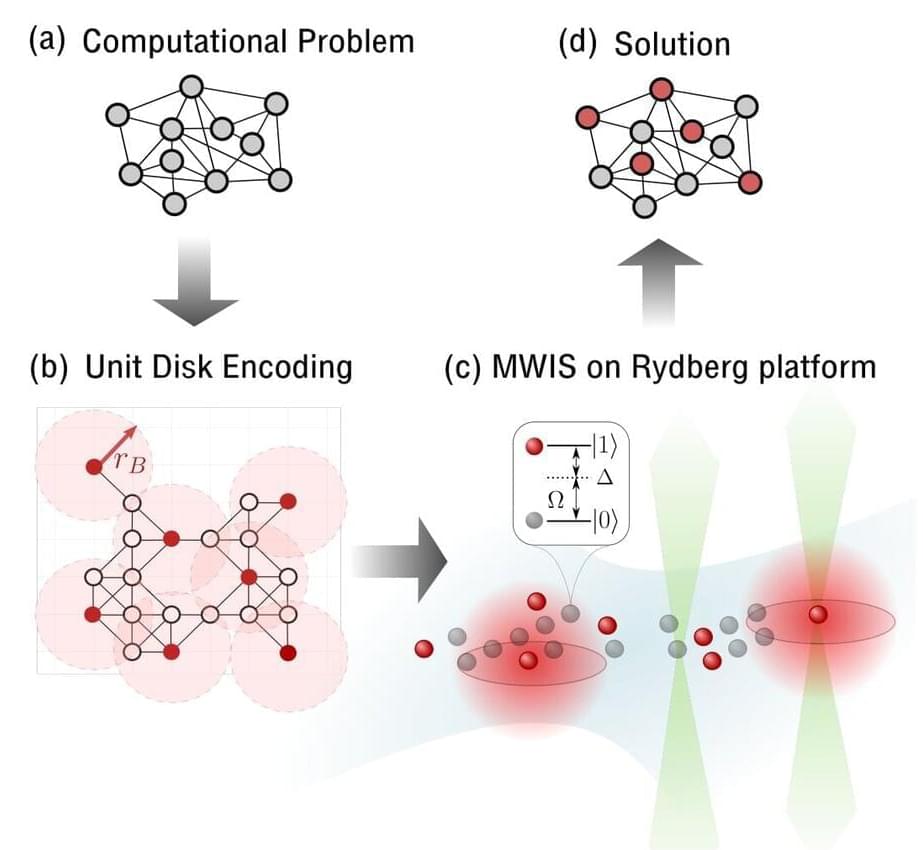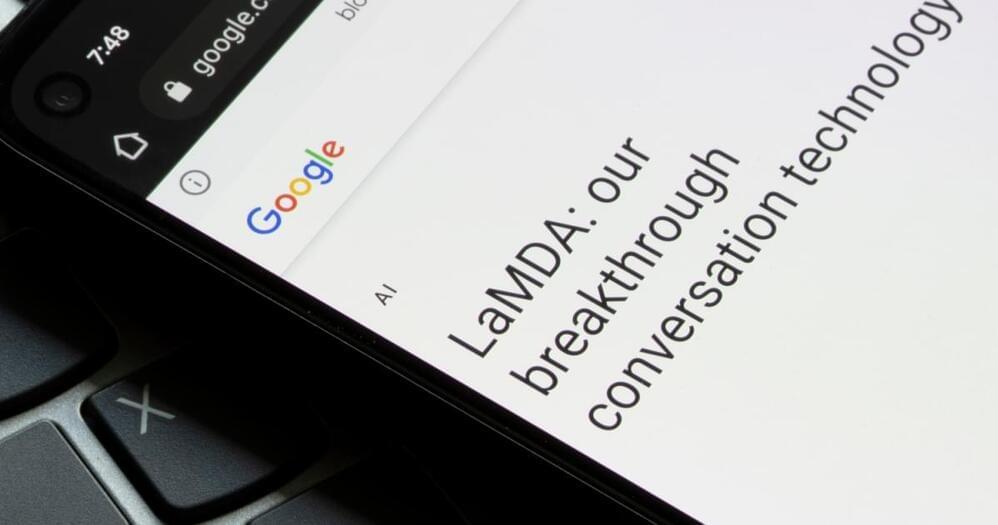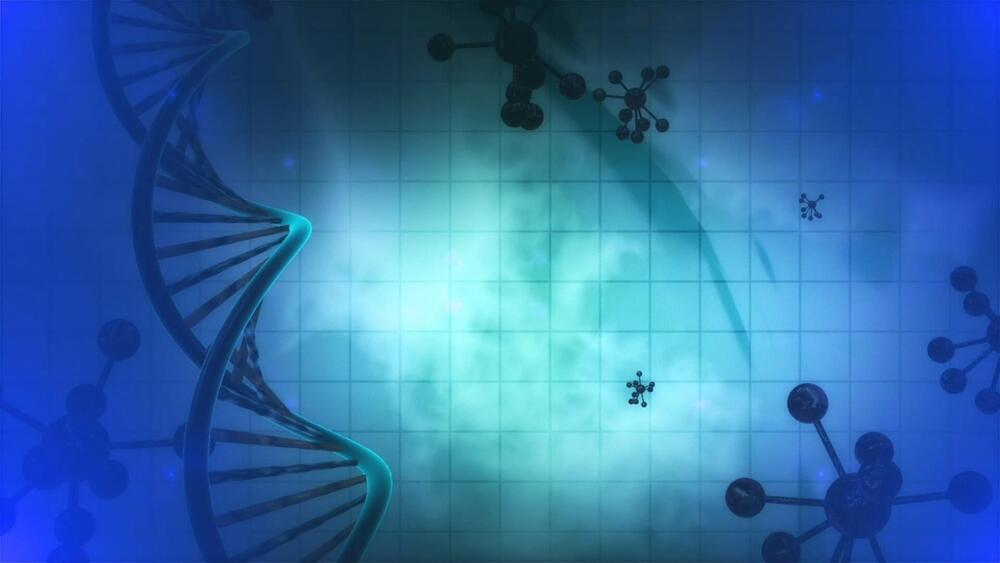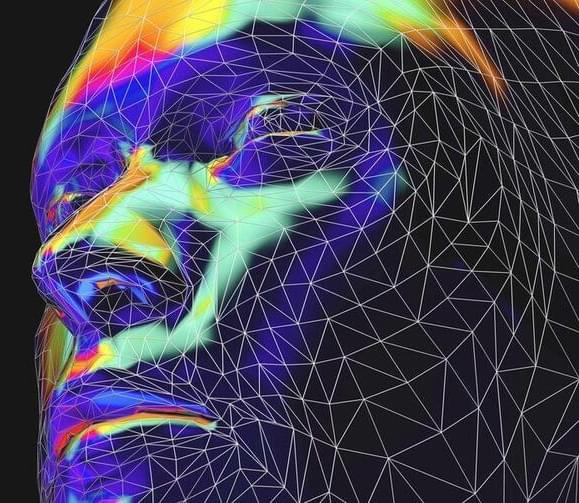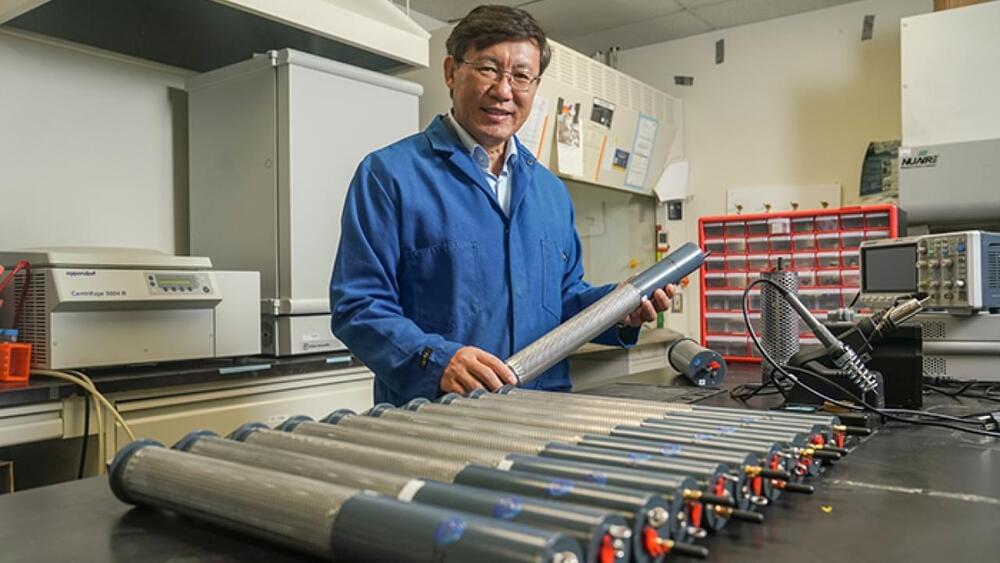Feb 14, 2023
Encoding breakthrough allows for solving wider set of applications using neutral-atom quantum computers
Posted by Jose Ruben Rodriguez Fuentes in categories: particle physics, quantum physics, robotics/AI
QuEra Computing, maker of the world’s first and only publicly accessible neutral-atom quantum computer—Aquila—today announces its research team has uncovered a method to perform a wider set of optimization calculations than previously known to be possible using neutral-atom machines.
The findings are the work of QuEra researchers and collaborators from Harvard and Innsbruck Universities: Minh-Thi Nguyen, Jin-Guo Liu, Jonathan Wurtz, Mikhail D. Lukin, Sheng-Tao Wang, and Hannes Pichler.
“There is no question that today’s news helps QuEra deliver value to more partners, sooner. It helps bring us closer to our objectives, and marks an important milestone for the industry as well,” said Alex Keesling, CEO at QuEra Computing. “This opens the door to working with more corporate partners who may have needs in logistics, from transport and retail to robotics and other high-tech sectors, and we are very excited about cultivating those opportunities.”
